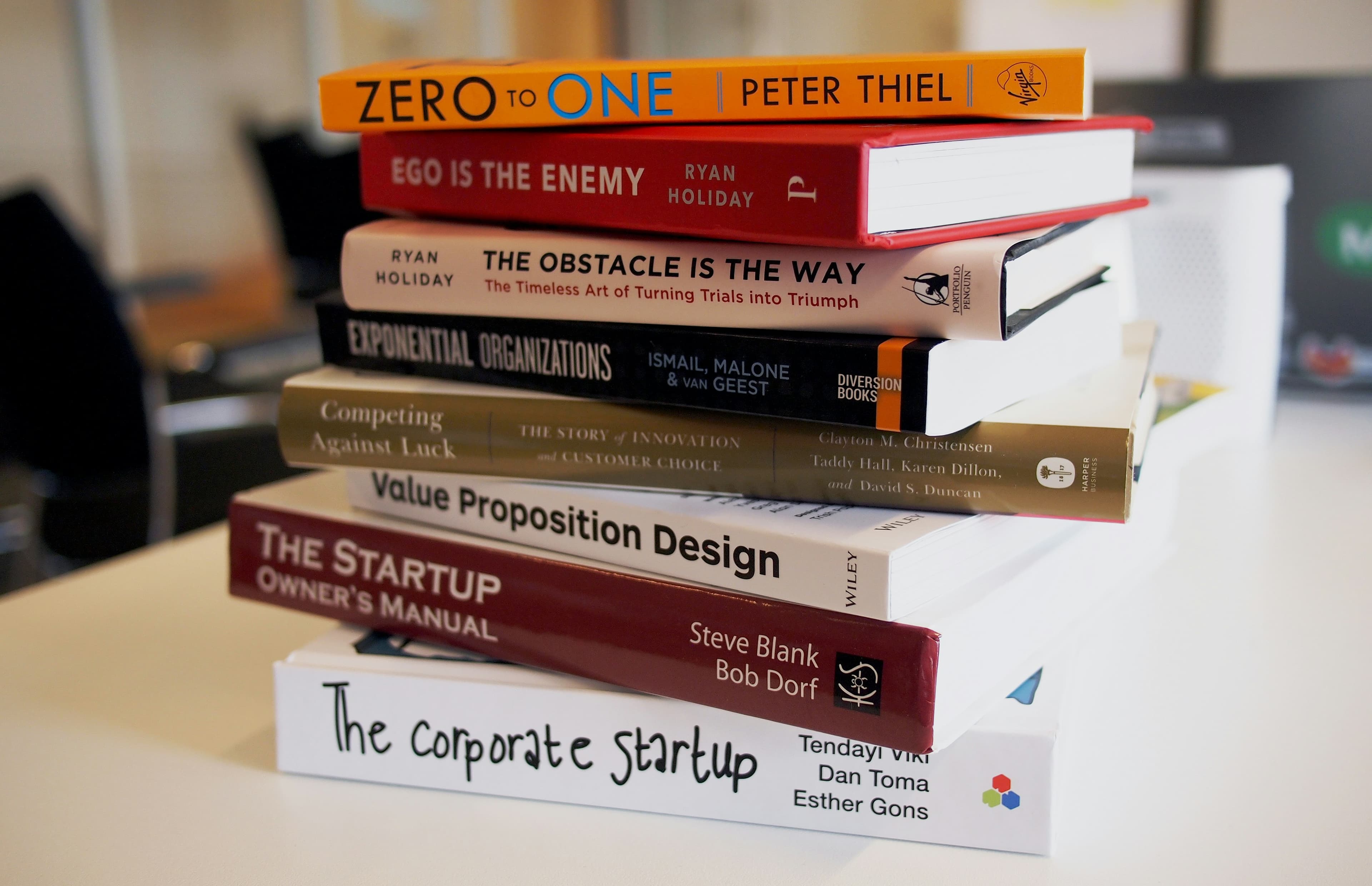How I Left a Prestigious Law Firm for a Tech Startup

It all started on August 13, 2008. Fresh out of law school in Spain, I moved to the United States with my brother Bernardo, who is still my best friend. With our parents’ encouragement, we landed in New York, and I’ll never forget that first taxi ride into Manhattan. As we stared out the windows, completely amazed, our driver, Luigi, shared his life story in a thick Italian accent.
My plan was straightforward: get a master's in International Business and Trade Law from Fordham Law School and become an attorney. Fordham was a great experience, though I was one of the youngest in my class—everyone called me Junior. Before I even graduated, I landed an incredible offer from the law firm King & Spalding. I met the hiring partner, Edward Kehoe, for breakfast at the Metropolitan Club, and he’s now a good friend who even came to my wedding.
My first day at the firm felt like a scene from a movie. At just 23, I had my own office with my name on the door and a secretary. It was surreal. For three years, I represented major corporations in billion-dollar investment arbitration cases. But my true calling was waiting just around the corner.
Discovering a Deeper Problem
The shift began when my friend Luis Jose Scull, who worked for a hedge fund, invited me to my first New York Tech Meetup. As I started exploring the city’s tech scene, one thing shocked me: how incredibly hard it was for entrepreneurs to access capital. I read stories about companies like Pandora being rejected over 300 times before securing their first round of , and I knew there was a massive gap in the market. Something was missing, and I was determined to figure out what it was.
During this time, I was dating Tanya Prive, who is now my wife and the best decision I’ve ever made. I shared my idea with her—to build a platform connecting entrepreneurs with investors. I convinced her we should invest our entire savings into the idea, and that was the beginning of Onevest.
Our first headquarters for the was Tanya’s tiny studio apartment on 27th Street and 6th Avenue. We’d cram five interns in there every day to work alongside a team of engineers we’d hired in Belarus. After four months of us telling the building management the interns were our “cousins,” they finally caught on and asked us to leave. That pushed us to rent a real office, raise a seed round, and start hiring top talent.
From a Small Apartment to a Global Platform
After a year of development, we launched our platform to the public on November 23, 2011. The response was unbelievable. A few months later, TIME mentioned us as one of the best crowdfunding platforms in the world. Forbes listed us as a top-10 digital tool for entrepreneurs, and Business Insider called us one of the hottest startups to watch. I was even named to Vanity Fair’s and Entrepreneur Magazine’s “30 under 30” lists. The press was crazy, but I learned that one of the most important skills for an entrepreneur is cutting through the noise to focus on execution.
It wasn't easy in the early days. The term “crowdfunding” hadn’t even been coined yet, and we had to fight to make financing accessible. The JOBS Act, which later revolutionized by allowing companies to advertise that they were raising money, wasn't yet in place. Before that legislation, fundraising was a word-of-mouth game, and if you weren’t connected in Silicon Valley, finding capital was a huge struggle. We even visited the White House and testified before the U.S. House of Representatives about the importance of financing small businesses. When the JOBS Act passed in April 2012, we found ourselves riding an incredible wave.
Building an Ecosystem for Entrepreneurs
By late 2013, a company called CoFoundersLab.com came to our platform to raise money, and it sparked a new idea. I realized that a fundraising platform alone was playing a small game. The bigger opportunity was to build an entire ecosystem to empower entrepreneurs from the very start. I began talking with Shahab Kaviani, the cofounder of CoFoundersLab, and in July 2014, we acquired the company.
Today, CoFoundersLab is the largest matchmaking service for entrepreneurs to find cofounders and advisors, and we onboard thousands of new users every month. We’ve since expanded the Onevest umbrella with other products, like 1000 Angels, a curated, invitation-only network for high-net-worth individuals to invest in a .
After watching hundreds of businesses get formed and funded through our ecosystem, I felt it was time to share what I’d learned. Our own recently raised over $5 million in total, and we crowdfunded our Series A in just a few weeks without me ever leaving my desk. It was a massive surprise, considering that kind of round would typically take eight months of travel and meetings. The success stories you read about are just a tiny fraction of the ventures that launch each year. Raising capital is an art, and every single detail has to be perfectly balanced. My goal is to help you navigate that rollercoaster ride. So, fasten your seat belt, be optimistic, and remember that you never truly fail—you either succeed or you learn.








